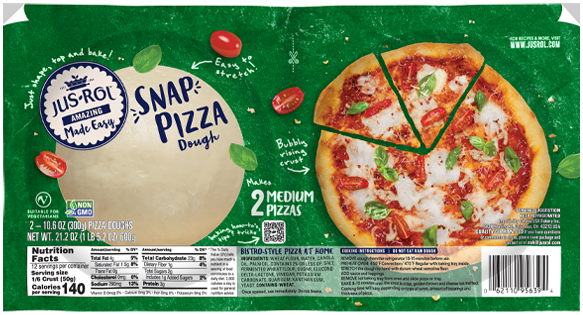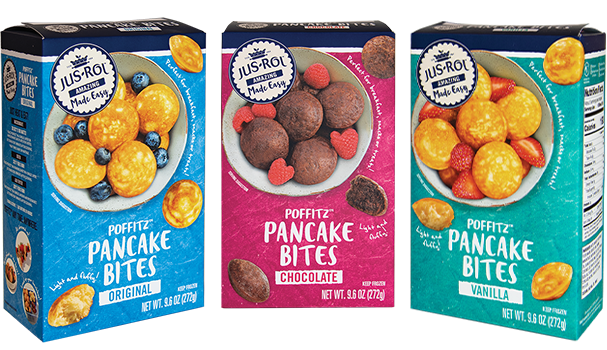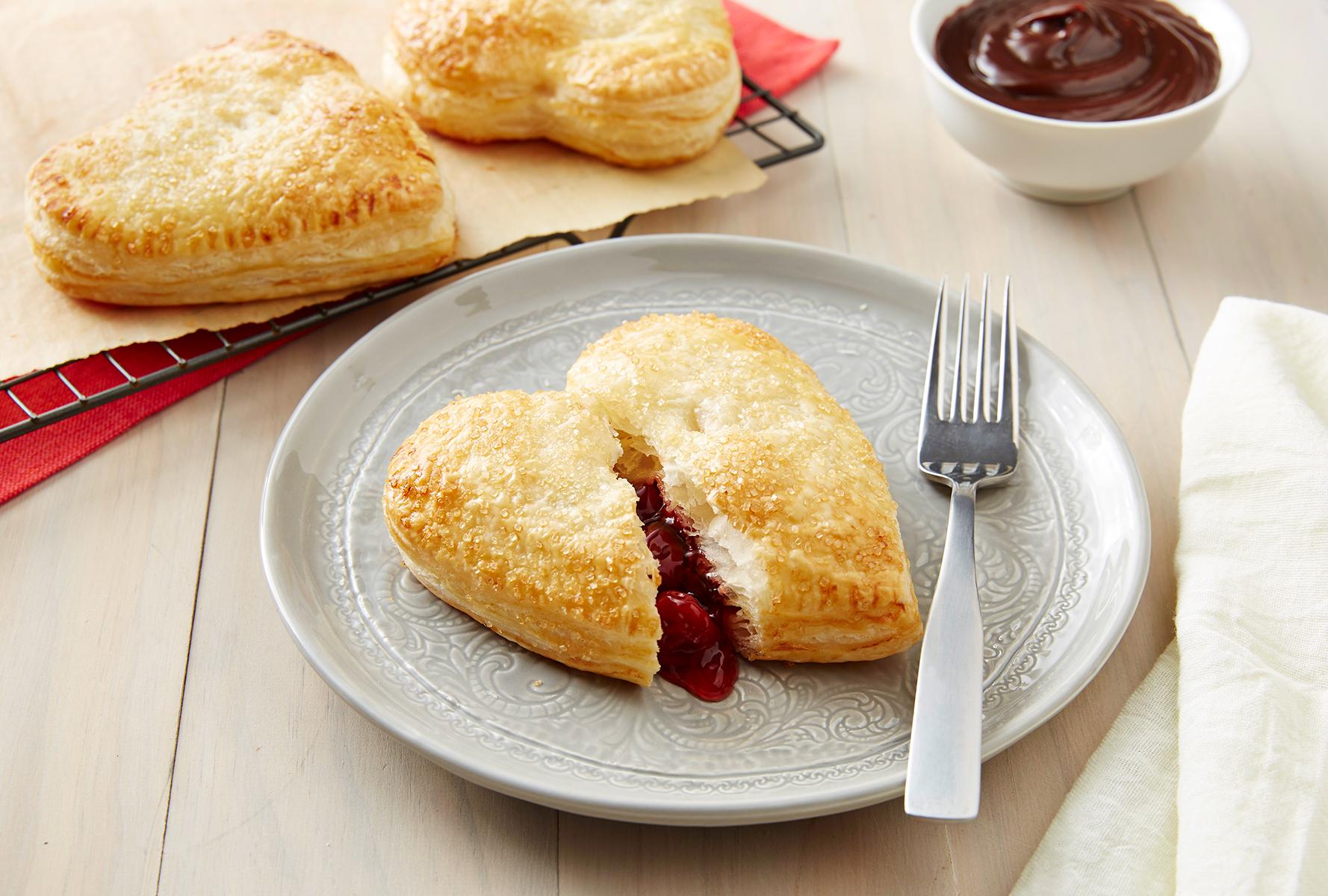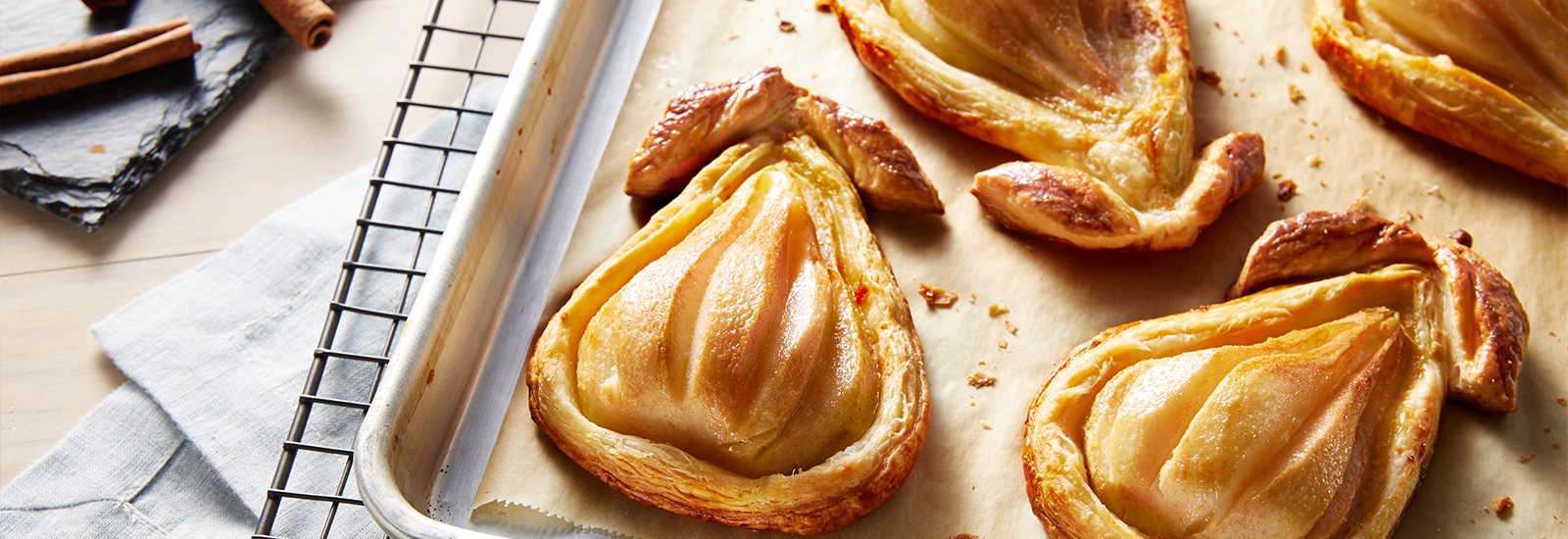Ready-To-Bake Refrigerated Dough
Let’s Roll
-

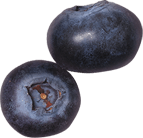

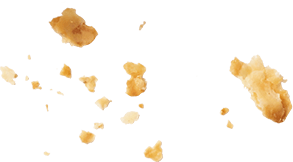

Puff Pastry
-





Pie Crust
-
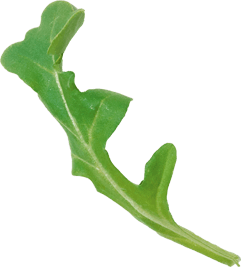

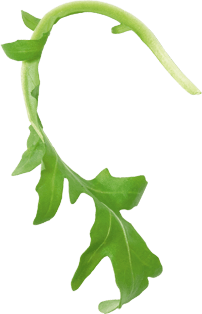

Flatbread
-
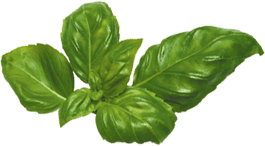

Round & Thin Pizza Crust
-
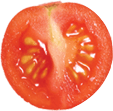




Family Size Pizza Crust
-








-








-



 SNAP PIZZA DOUGH
SNAP PIZZA DOUGHSNAP PIZZA DOUGH
Try the newest addition to our line of ready-to-bake refrigerated doughs—Snap Pizza Dough! With two dough balls included in every pack, you can save one for later, or make pizza for the whole family. Our dough is made with non-GMO ingredients, no bleached flour, artificial flavors, colors or high fructose corn syrup so you can feel good about what you’re eating.
-



 SNAP PIZZA DOUGH
SNAP PIZZA DOUGHSNAP PIZZA DOUGH
Try the newest addition to our line of ready-to-bake refrigerated doughs—Snap Pizza Dough! With two dough balls included in every pack, you can save one for later, or make pizza for the whole family. Our dough is made with non-GMO ingredients, no bleached flour, artificial flavors, colors or high fructose corn syrup so you can feel good about what you’re eating.
-



 POFFITZ™ PANCAKE BITES
POFFITZ™ PANCAKE BITESRound & Thin Pizza Crust
Poffitz™ the Dutch-style, bite-size pancake, perfect for breakfast, snacks or treats. Light and fluffy and packed with multi-grains and real ingredients. Heat and eat for the whole family.
More Info -
 POFFITZ™ PANCAKE BITES
POFFITZ™ PANCAKE BITESRound & Thin Pizza Crust
Poffitz™ the Dutch-style, bite-size pancake, perfect for breakfast, snacks or treats. Light and fluffy and packed with multi-grains and real ingredients. Heat and eat for the whole family.
More Info
POFFITZ™ PANCAKE BITES
JUST HEAT & EAT!

Vegetarians

with the
Ingredients
INCLUDE BAKING PAPER

Ingredients

Vegetarians

with the
Ingredients
INCLUDE BAKING PAPER

Ingredients

HIGHEST INGREDIENT
STANDARDS
- No Artificial Flavors or Color
- NO BLEACHED FLOUR
- No High-Fructose Corn Syrup
- SUITABLE FOR VEGETARIANS


with Dark Chocolate Sauce

With these easy yet impressive sweet pies you can "bake love", and not just on Valentine's Day!







